In the digital age, preparing for English proficiency tests like the Pearson Test of English (PTE) Academic has become more flexible than ever before. Pakistani test-takers now have the option to choose between online and in-person preparation methods based on their preferences and circumstances. Each approach offers its own set of advantages and disadvantages, and in this comprehensive guide, we will explore the pros and cons of online vs. in-person PTE preparation for Pakistani test-takers.
Online PTE Preparation:
Pros:
Convenience: Online PTE preparation allows Pakistani test-takers to study from the comfort of their own homes or any location with internet access. This flexibility eliminates the need for commuting to physical classrooms, saving time and effort.
Flexible Schedule: Online PTE preparation courses often offer flexible schedules, allowing test-takers to study at their own pace and according to their personal commitments. This flexibility is particularly beneficial for individuals with busy work or academic schedules.
Access to Resources: Online preparation platforms provide access to a wide range of study materials, practice tests, and interactive exercises. Pakistani test-takers can benefit from a wealth of resources tailored to their specific needs, including video tutorials, quizzes, and mock exams.
Cost-Effectiveness: In many cases, online PTE preparation courses are more cost-effective than traditional in-person classes. Pakistani test-takers can save money on transportation expenses, course materials, and accommodation costs associated with attending physical classes.
Cons:
Limited Interaction: One of the drawbacks of online PTE preparation is the lack of face-to-face interaction with instructors and fellow students. Pakistani test-takers may miss out on opportunities for real-time discussions, group study sessions, and personalized feedback.
Self-discipline Required: Online learning requires a high level of self-discipline and motivation. Pakistani test-takers must stay motivated and focused to complete their study goals without the structure and accountability provided by traditional classroom settings.
Technical Issues: Connectivity issues, software glitches, and other technical problems may disrupt online PTE preparation sessions for Pakistani test-takers. These challenges can cause frustration and hinder the learning process if not addressed promptly.
In-person PTE Preparation:
Pros:
Face-to-face Interaction: In-person PTE preparation classes offer Pakistani test-takers the opportunity to interact directly with instructors and classmates. This interpersonal interaction facilitates collaborative learning, peer support, and immediate clarification of doubts.
Structured Learning Environment: Traditional classroom settings provide a structured learning environment with scheduled classes, assignments, and exams. Pakistani test-takers benefit from the discipline and routine of attending regular classes, which can enhance their focus and productivity.
Personalized Support: Instructors in in-person PTE preparation classes can provide personalized support and feedback to Pakistani test-takers based on their individual learning needs and performance. This tailored guidance helps students address their weaknesses and maximize their strengths.
Networking Opportunities: Physical PTE preparation classes allow Pakistani test-takers to build networks and connections with fellow students who share similar goals and aspirations. These connections can lead to valuable friendships, study groups, and professional opportunities in the future.
Cons:
Limited Flexibility: In-person PTE preparation classes often have fixed schedules and locations, limiting the flexibility for Pakistani test-takers who have other commitments or prefer studying at their own pace.
Higher Costs: Compared to online preparation options, in-person PTE preparation classes may be more expensive due to tuition fees, transportation costs, and additional expenses such as course materials and accommodation.
Commute Time: Pakistani test-takers attending physical classes may spend a significant amount of time commuting to and from the classroom, especially if they live far from the training center. Commute time can be a barrier for individuals with busy schedules or transportation constraints.
Conclusion:
When it comes to PTE preparation, Pakistani test-takers have the choice between online and in-person methods, each with its own set of pros and cons. Online preparation offers convenience, flexibility, and cost-effectiveness, while in-person classes provide face-to-face interaction, structured learning, and personalized support. Ultimately, the best approach depends on individual preferences, learning styles, and circumstances. Pakistani test-takers should carefully consider their needs and priorities before choosing the most suitable PTE preparation method to achieve their English proficiency goals.





